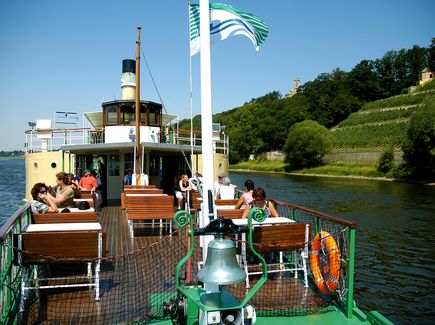Itineraries
Industrial Heritage in Saxony (4 days)
Along the “Route of Industrial Heritage in Saxony”, you’ll learn about the role the region played as one of Germany's major economic strongholds, exploring museums and production sites that are still active today.
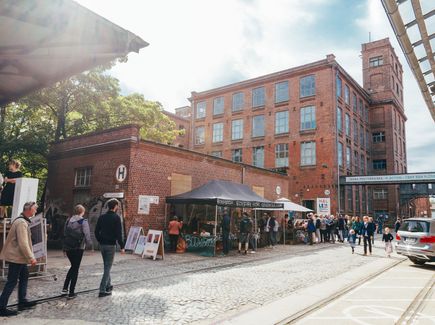 © Philipp Kirschner
© Philipp KirschnerDAY 1: LEIPZIG
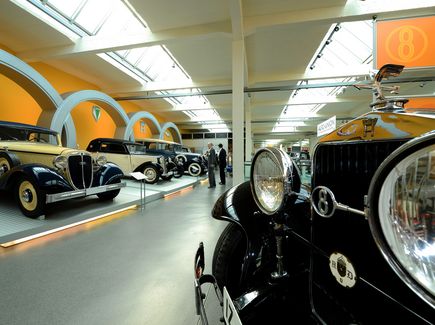
DAY 2: ZWICKAU (117 KM) - PLAUEN (43 KM)
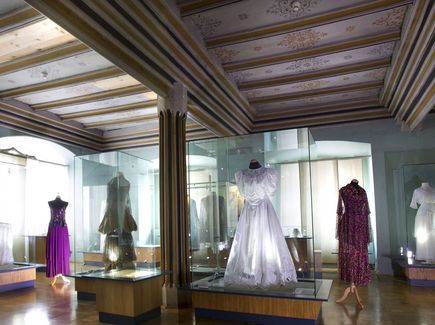
DAY 2: ZWICKAU (117 KM) - PLAUEN (43 KM)
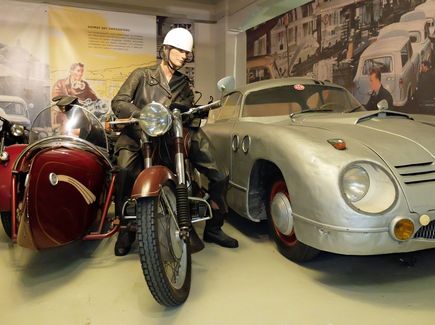 © Wolfgang Gaertner
© Wolfgang GaertnerDAY 3: CHEMNITZ (77 KM)
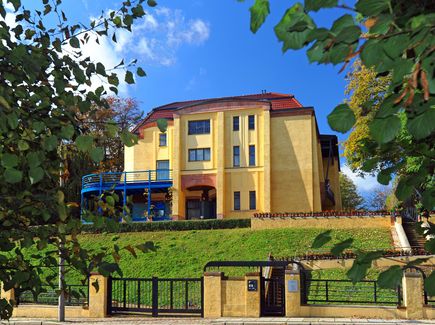 © Wolfgang Thieme
© Wolfgang ThiemeDAY 3: CHEMNITZ (77 KM)
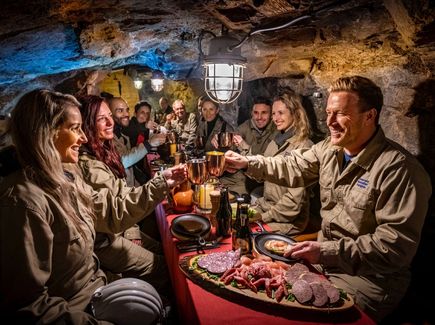
DAY 4: CHEMNITZ - FREIBERG (36 KM)
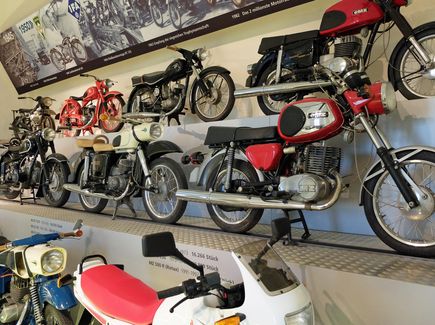 © Wolfgang Gaertner
© Wolfgang GaertnerDAY 4: CHEMNITZ - FREIBERG (36 KM)
